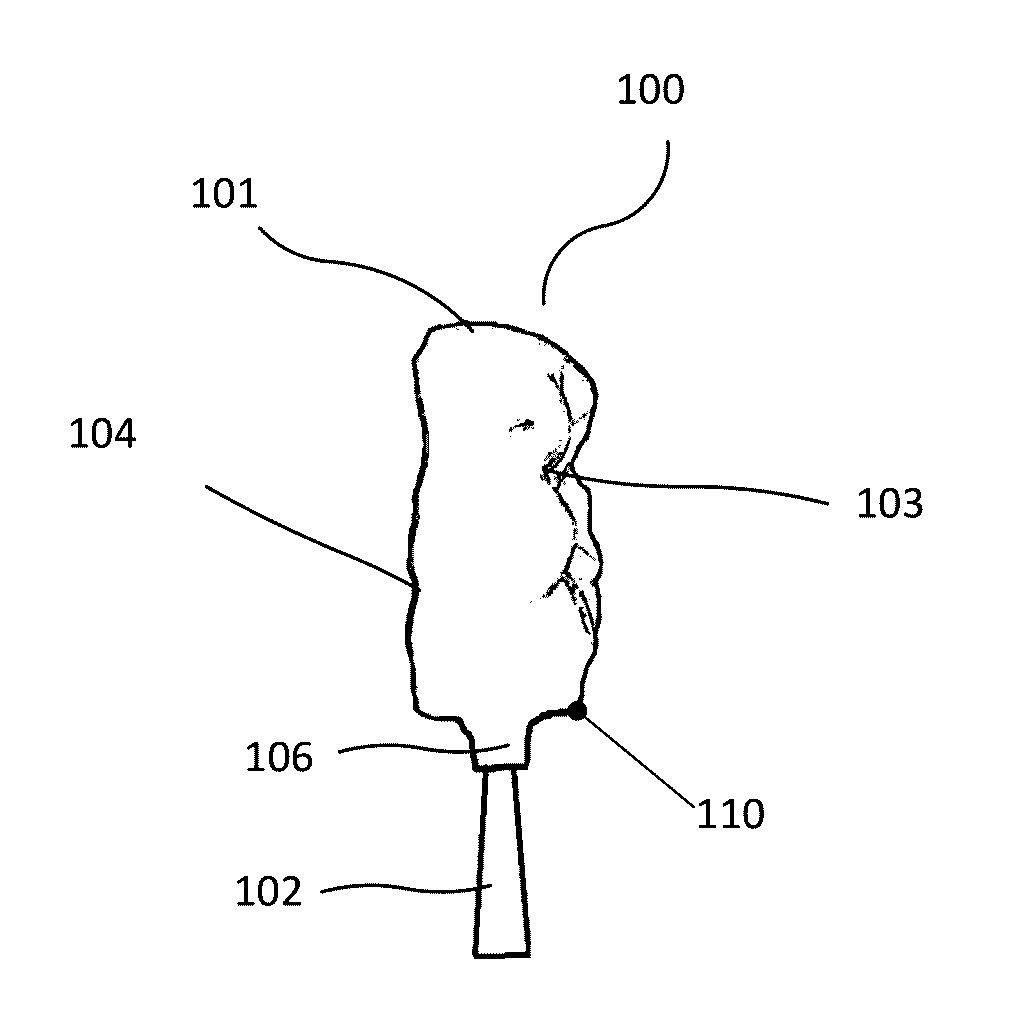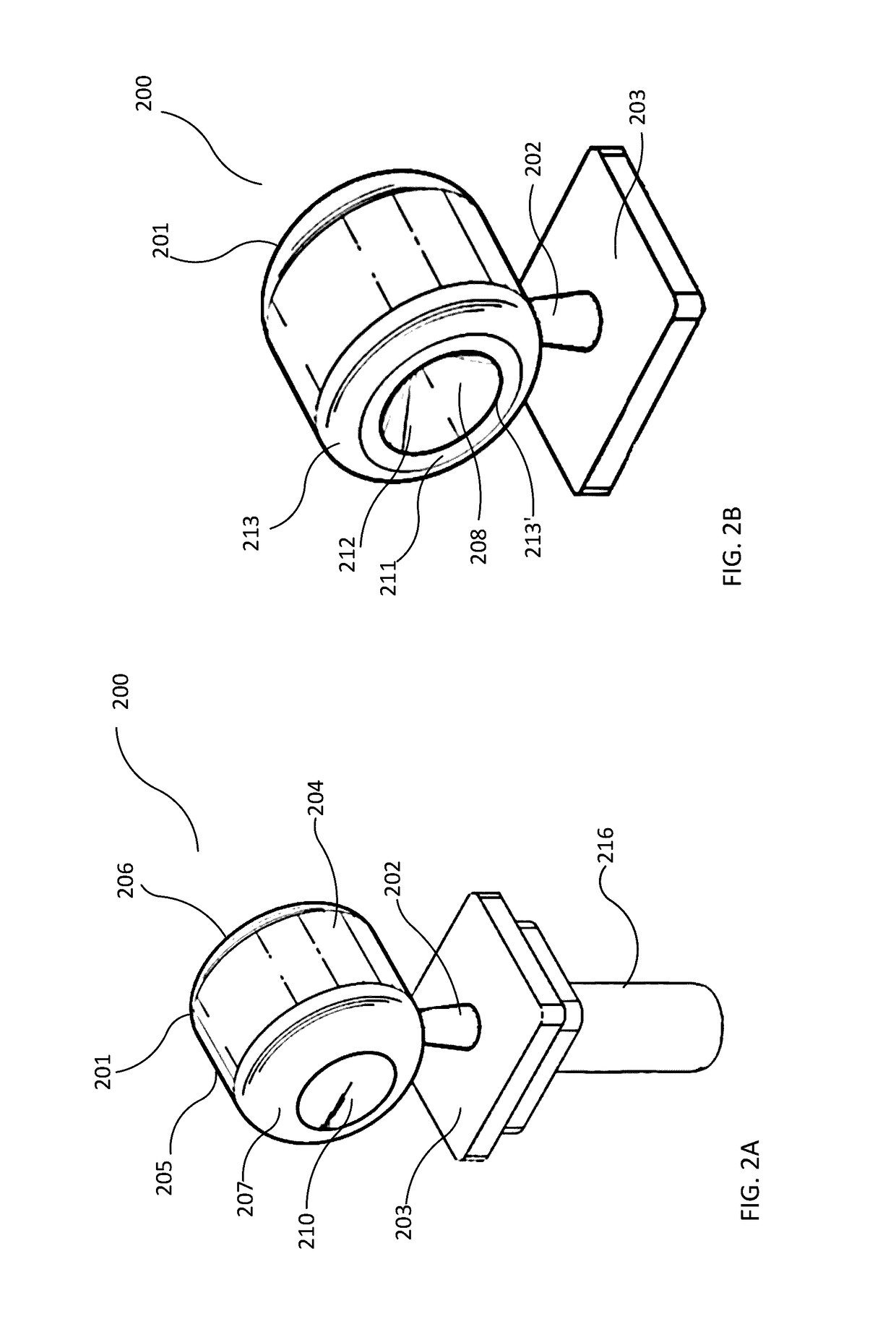Method of Making Dental Restorations from Sintered Preforms
a technology of dental restorations and preforms, which is applied in the direction of impression caps, programme control, instruments, etc., can solve the problems of increasing the amount of time a patient must wait for repair, and achieve the effect of reducing time, strength and durability, and sufficient strength and hardness properties
- Summary
- Abstract
- Description
- Claims
- Application Information
AI Technical Summary
Benefits of technology
Problems solved by technology
Method used
Image
Examples
examples 1-21
[0079]Twenty-one zirconia crowns of multiple tooth types (numbers) were shaped from sintered zirconia preforms by the methods described herein.
[0080]Partially sintered zirconia milling blocks were obtained (BruxZir® Shaded milling blocks, Glidewell Direct, Irvine, Calif.) and milled into the shape of a preform by standard milling procedures incorporating an enlargement factor calculated from the block density. The pre-sintered, unitary shaped forms had a cylindrical body, stem and attaching member substantially as depicted in FIGS. 2B-2D, and having a cavity extending inwardly from a bottom surface. The stem had sufficient length between the attaching member and the cylindrical body after sintering for positioning the tip of a ball nose grinding tool in the z-axis direction without contacting the sintered preform. The attaching member shape and size was compatible for attaching to a mandrel used with the CNC machine in the grinding process.
[0081]The pre-sintered shaped forms were si...
examples 22-45
[0085]Twenty-two zirconia crowns representing six restoration designs of multiple tooth types (Tooth #2, 14, 15, 30, and 31) were shaped from sintered zirconia preforms that were made substantially according to the methods provided in Examples 1-21.
[0086]Restoration designs were generated for multiple tooth preparations corresponding to the following tooth numbers: #2—second molar on upper arch; #14 and #15—first and second molars, respectively, on an upper arch; #30 and #31—first and second molars, respectively, on lower arch using a dental CAD system (IOS™ FASTDESIGN) based on patient scan data. The six custom dental restoration designs were nested within a computer model of a preform to provide placement of the preform stem relative to the tooth design, according to Table 2, with reference to FIGS. 6A and 6B.
[0087]Each restoration design was nested four times to provide four nested designs. In each nesting operation, the stem of the preform was positioned in one of four different...
PUM
 Login to View More
Login to View More Abstract
Description
Claims
Application Information
 Login to View More
Login to View More - R&D
- Intellectual Property
- Life Sciences
- Materials
- Tech Scout
- Unparalleled Data Quality
- Higher Quality Content
- 60% Fewer Hallucinations
Browse by: Latest US Patents, China's latest patents, Technical Efficacy Thesaurus, Application Domain, Technology Topic, Popular Technical Reports.
© 2025 PatSnap. All rights reserved.Legal|Privacy policy|Modern Slavery Act Transparency Statement|Sitemap|About US| Contact US: help@patsnap.com



